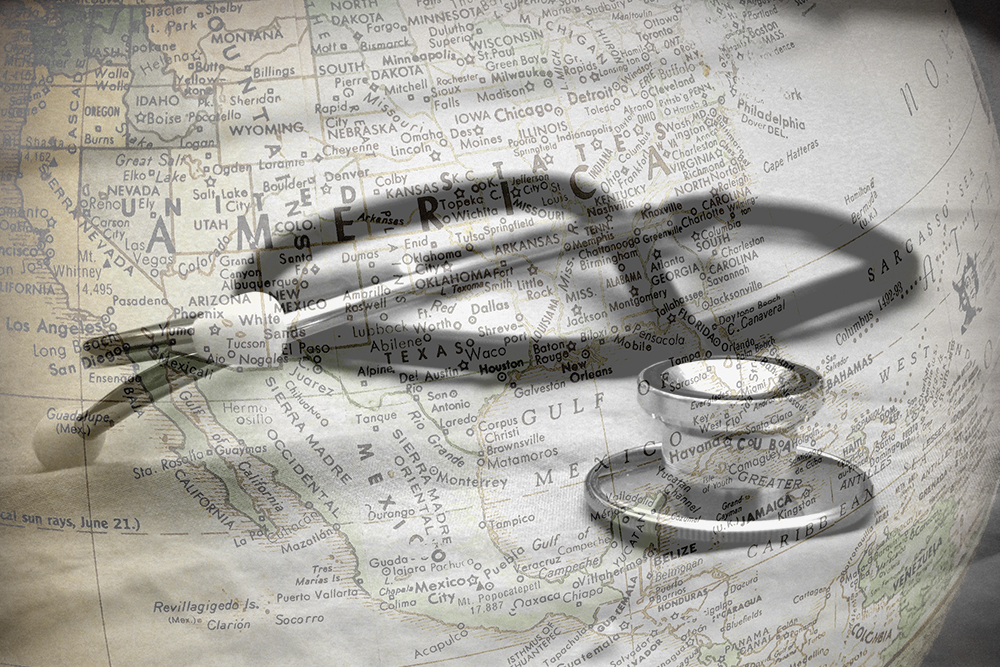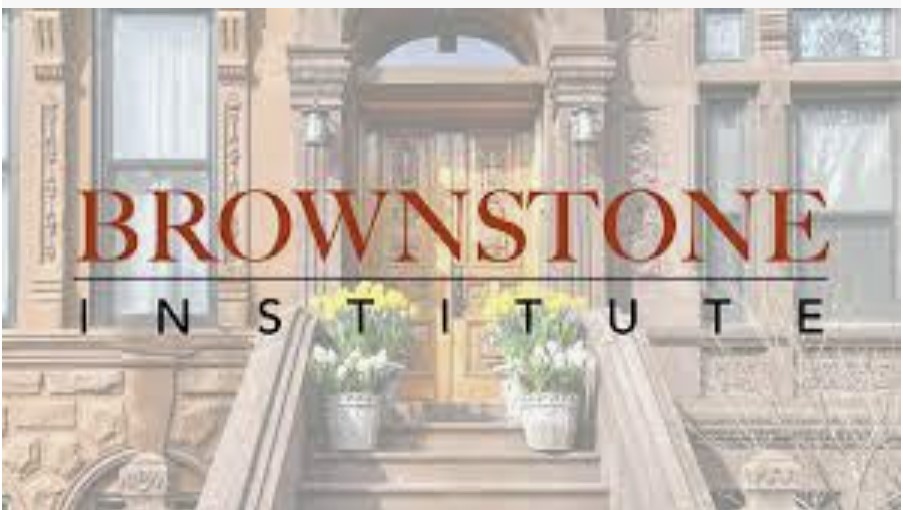When presidential candidate Bernie Sanders joined a caravan of diabetics for a cross-border shopping trip to buy Canadian insulin, it was a deliberate attempt to publicize his proposed policies to reform healthcare. He likely had no idea that the ensuing media coverage of his actions would set off alarm bells amongst Canadians and, ultimately, may even motivate Canadians to take a stand against the very reforms that Sanders is promoting.
Insulin caravans have become commonplace in border cities. After all, Canada does not require a prescription to purchase the drug, it can be bought at 1/10th of the cost and an unwritten law allows Americans to import a 90-day supply of prescription drugs for their own use.
At present, Canada has no laws to prevent such “pharmaceutical tourism,” and even though our tax dollars are used to purchase and subsidize the costs of our ‘cheaper’ drugs, “we the North” may not be averse to giving lifesaving drugs to our Southern neighbours who are down on their luck.
But just days after Sanders’ started the conversation, President Donald Trump jumped onto the drug affordability bandwagon. The US Department of Health and Human Services officially revealed its plan to create federal legislation that would allow states, pharmacies, wholesalers and distributors to legally import bulk quantities of drugs from Canada. Ten states already have such legislation and are just waiting for federal approval to begin.
That one word – “bulk” – provokes a very different response from Canadians; it shifts our mental picture from children who need a hand to one of greedy Americans raiding Canada’s medicine chest.
The math is simple: our drug supply is meant to supply 37 million Canadians, not 370 million Americans. If Americans could import bulk quantities, we would very soon run out of medicine and the US would still not have resolved its problem of having to pay top dollar for prescription drugs.
Discussions about the US importing cheap drugs from Canada have been around for awhile. In January, Senator Sanders tabled a healthcare reform bill that is languishing in the Senate and will likely never be passed.
In Canada, pharmacists and other groups have warned Ottawa for months about the dangers of allowing the US to dip its hand into our drug supply. Diabetics in Canada have already had to deal with insulin shortages and right now three significant cancer drugs are in short supply.
In the past week, patient advocacy groups, pharmacist associations, physicians (oncologists, in particular) and organizations representing the pharmaceutical industry have all called on the federal government to do what is necessary to protect our somewhat fragile drug supply.
The US says that a pilot program could be underway soon and given its potential for disrupting Canadians’ access to their own drug supply, it seems that it would be prudent for the federal government to take proactive steps.
Yet, Ottawa seems to be taking a very “laissez-faire” approach to these developments, considering only reactive measures. The Ministry of Health admits it was not consulted by the US prior to its announcement. Despite the warnings and calls for action, including a demand to Parliament to deal with this, our Health Minister Ginette Petitpas Taylor says they will be working closely with experts to “ensure there are no adverse effects” on Canada.
The primary concern is shortages. The Prime Minister has responded by stating he believes that Health Canada ensures “a steady and solid supply” of medications for Canadians – regardless of internal or external pressure.
But, that statement is more spin than reality. University of Waterloo pharmacy professor Kelly Grindrod says we are already in “one of the worst drug shortages in modern history.” Of the 7,000 prescription drugs available in Canada, there are currently more than 1,800 drugs in short supply.
Canada has a website designated to tracking drug shortages and, according to Grindrod, anecdotal evidence from pharmacists suggests that as many as one-half of the drugs that they order are unavailable. Additionally, a Canadian Pharmacists Association survey found dealing with drug shortages can consume as much as 20% of a pharmacist’s typical 10 hour shift.
The problem is complex and involves a lot of stakeholders. But this is a time when the Canadian market can’t protect itself and is in dire need of political leadership, government action and a long-term solution.



